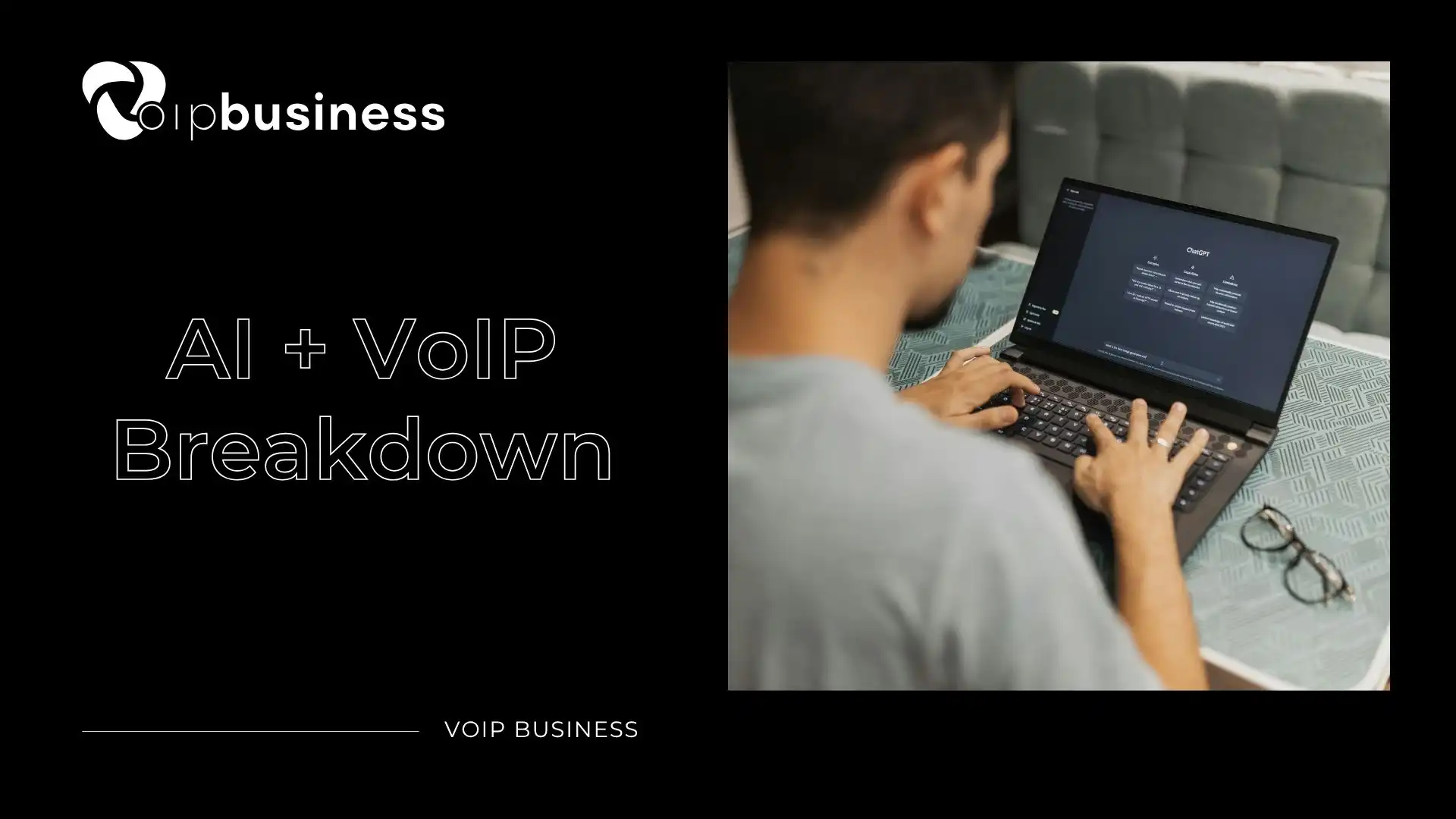VoIP (Voice over Internet Protocol) has become a pillar of modern life. Flexible, convenient, and affordable, it’s used by businesses and private individuals alike.
But the price of that convenience is security. VoIP calls can be breached in ways that aren’t always the most obvious, at least in comparison to other digital technologies.
Between encryption, regulation, and, of course, human error, there are a lot of grey areas where privacy and security get blurry.
What Does “VoIP Data Exposure” Really Mean?
VoIP exposure doesn’t always involve a hacker listening in on a call’s every word. That happens, yes, but more often than not, it occurs in other subtler ways.
For example:
i. Unencrypted Voice Traffic
VoIP systems that have unencrypted audio or call setup data risk letting other people listen in on the call. Or at least piece together conversations from captured audio packets.
ii. Metadata Leaks
But even when voice data is safe, SIP (Standard Initiation Protocol) headers, the protocol that starts and ends VoIP calls, might not be secure. This can still reveal other details about the call: who called whom, when, and how long they talked.
iii. Side-channel Sounds
According to some reports, hackers with advanced tech can now poach things like keystrokes from audio streams.
iv. Data Storage Issues
Some companies store sensitive call data and logs in plain, unencrypted text, making them easy targets for attackers.
v. Dubious Consent
Private users likely don’t realise just how much access admins and third-party providers have to their calls. This can include system metrics and even call recordings themselves.
The truth is that VoIP sits at the intersection of telephony and IT, with a lot of factors and parties in play (multiple vendors, cloud providers, networks), whose responsibilities are what can sometimes get fuzzy.
Why These Grey Areas Matter?
These grey areas pose serious security risks, including phishing over fake caller IDs, denial-of-service attacks on SIP servers, or customer data leaks from unsecured call recordings.
Though individuals can also be affected, this applies more so to businesses. Even seemingly harmless metadata can reveal who your clients are, what regions you operate in, or what times you’re most active. This can result in serious reputational and financial damage.
In fact, up to 1 in 749 calls are affected by fraud, according to a study by Pindrop.
Why Securing VoIP Isn’t Always Straightforward?
Now, this doesn’t mean VoIP is “unsafe” by nature. It’s just very complicated.
A few reasons why:
i. Encryption Can Slow Things Down
Full end-to-end encryption is great for privacy, but it adds additional strain to the systems. This can sometimes result in calls being more laggy than unencrypted ones.
ii. Some Systems Only Protect Part of the Data
It’s not just call audios that need to be encrypted. Caller ID and IP address can still leak out.
iii. Different Networks Have Different Security Protocols
Calls often pass through different systems (different servers, clouds, and devices), all of which have different security systems.
iv. Rules Vary by Region
While Country A might treat caller metadata as personal data, Country B might treat it as inconsequential network info. Providers thus need to adjust and calibrate their products between borders, introducing more complications into the mix.
v. People Are the Wild Card
As always, human error is the biggest X factor in cybersecurity. People often record and share calls without realising the risks.
All this makes VoIP security less of an on/off switch and more of a sliding scale. The challenge is maintaining this delicate balancing act between protection, performance, and practicality.
Practical Ways to Reduce VoIP Exposure
Because there’s no single fix, VoIP security entails a multi-layered approach:
1. Encrypt Everything You Can
TLS must be used for signaling, and STRP for media. If full end-to-end encryption isn’t possible, at least protect every hop.
2. Limit What Metadata You Store
Only keep metadata that’s necessary for compliance or for systems to operate. And define how long such info is stored.
3. Train Your Team
And because human error is cybersecurity’s biggest wildcard, a little awareness and staff training can go a long way. For example, if you run a remote team that routinely makes calls from public Wi-Fi, routing those connections through a properly configured UK VPN service can add a layer of privacy.
4. Lock Down Your Logs
Always secure access, encrypt at rest, and delete recordings once they’re no longer needed.
5. Segment Your Network
Route VoIP calls through network segments that are separated from the rest of your other traffic. This makes it easier to spot and address risks.
6. Watch for Anomalies
Always have an eye on your traffic. Call spikes, strange call destinations, and repeated failed logins are red flags.
7. Audit and Update Regularly
Attackers often target vulnerabilities in old configurations, so ensure all systems are up-to-date.
These measures shouldn’t be static. As your VoIP setup and compliance needs change, they should evolve accordingly.
Final Thoughts
VoIP brings unparalleled convenience but also complicated exposure risks. Manage them effectively by encrypting where you can, minimising what you store, and being transparent about the rest.
Pay attention to the details, and you can reap the benefits of VoIP convenience while ensuring security for all callers.
Read More : What is Call Avoidance? Causes & How to Identify


